Insurance Companies’ Tactics
Insurance companies are not going to just hand you money because you’ve been in a car accident. You’re going to have to put in the work to prove your case. I know this for a fact. Early on in my career, I defended injury claims in court on behalf of insurance companies. I got a behind-the-scenes look at how insurance companies try to minimize the settlement for car accident injury victims. If you play your cards right though, you can win big, even if you don’t have a broken bone, a brain injury, or need surgery.
Allison and Brian’s Story
Let me tell you the story of my past clients, Allison and Brian. Allison and Brian were a younger couple in their twenties at the time of their motor vehicle accident. They were stopped, waiting to make a left turn when a car slammed into the rear of their vehicle. Liability against the other driver was clear, and the other driver’s insurance company accepted liability.
Allison’s Injuries and Treatment
Allison experienced neck pain, back pain, forehead pain, and bruising; she also had abdomen and chest bruising from her seatbelt, as well as tightness in her hips. She was transported by ambulance to the hospital, where diagnostic testing was performed, and she was prescribed a muscle relaxer before being discharged. Shortly after that, she began physical therapy and pain management treatment. She eventually had an MRI scan and a CT scan. She was diagnosed with other underlying conditions and chronic kidney disease. An MRI of her lower back revealed a small disc herniation at L4-5. Allison missed a total of 15 days of work due to her accident, which we could claim as lost wages. Allison continued her treatment but was ultimately treated for a little less than two months before completing her treatment.
Brian’s Injuries and Treatment
Brian experienced back pain, neck pain, bruising, and abdomen injuries. He was also transported by ambulance to the hospital where diagnostic testing was performed, and he was prescribed a muscle relaxer and discharged. He also began physical therapy and pain management treatment shortly after his wreck. He had an MRI completed on his lower back which revealed a disc herniation at L5-S1. Brian had to be treated a little bit longer than Allison and finished up his treatment three months following the accident. Brian was forced to miss a month and a half from work as a result of the accident.
Filing the Claims
Their herniated discs were on the smaller side, with both of them having herniated discs of about two millimeters. However, it was crucial that both of them got the MRIs on their lower back, as it was the evidence of them sustaining a herniated disc, even a small one, that allowed us to maximize their settlement.
Once they completed medical treatment, I sent a written demand package to the other driver’s insurance company demanding that they pay out their driver’s insurance policy limits. My demand worked. The other driver agreed to pay out the insurance policy limits. The other driver had a $50,000 per person, $100,000 per accident insurance policy. Since my clients were the only claimants, that meant they each got $50,000 under the policy. But we weren’t done yet.
Underinsured Motorist Coverage
Allison had underinsured motorist insurance coverage on the vehicle she owned that she and Brian occupied at the time of the accident. This meant we could file a claim under this insurance policy as well for the additional damages they sustained over and above the other driver’s insurance policy limits. I sent a demand package to the underinsured motorist insurer as well. After some negotiations back and forth, I was finally able to settle those claims too. At the end of the day, Allison’s case settled for over $70,000, and Brian’s case settled for over $75,000 after the underinsured motorist claims were settled.
The Importance of Evidence
The key in their case was that they got MRIs on their lower back which showed the herniated discs. Even though they did not have to have surgery, did not break a bone, and were never diagnosed with a brain injury, they still were able to get a fair settlement. While it was, of course, the case that if they had had to have surgery, had a broken bone, or a brain injury, their settlement would have been higher, we are glad they were not injured to that extent. Brian and Allison went through a difficult couple of months following their accident. Thankfully, Allison had purchased underinsured motorist insurance coverage on her vehicle.
Advice on Insurance Coverage
I tell all my clients and anyone I know that the best coverage you can purchase on your automotive policies is uninsured motorist coverage, which protects you when you are in a wreck with an at-fault driver who has no insurance, or a hit-and-run driver. Additionally, underinsured motorist insurance protects you when the at-fault driver’s coverage is not enough.
Getting the Maximum Settlement
Just because you have a car accident injury case valued over and above the other driver’s insurance policy limits does not mean the other driver’s insurance company is going to offer you the policy limits. In order to get the insurance company to pay the policy limits, it is often the case that you must put pressure on the other driver’s insurance company to do so. In this video about to pop up here, I’ll tell you six ways you can put pressure on the insurance company to possibly get them to pay out the insurance policy limits in your case.
Final Advice
Lastly, if you’ve been injured in a car accident, slip and fall accident in Kentucky, remember: don’t wait, call Tate.
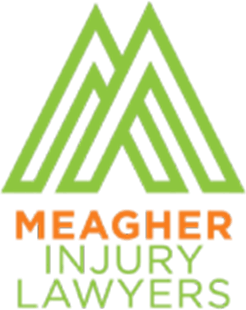
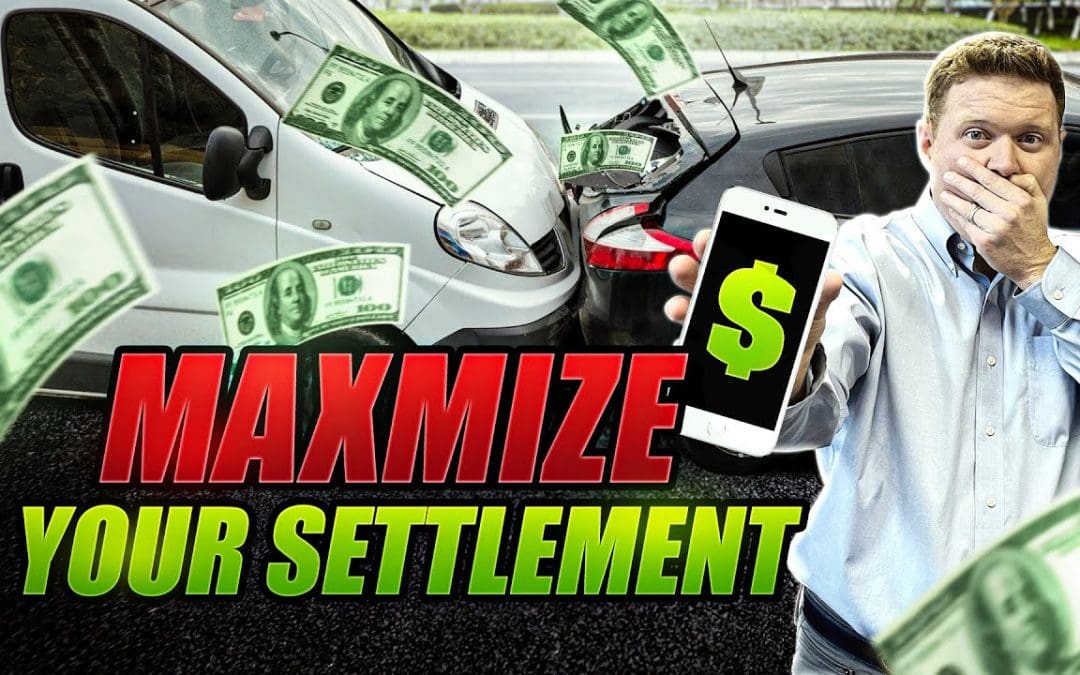
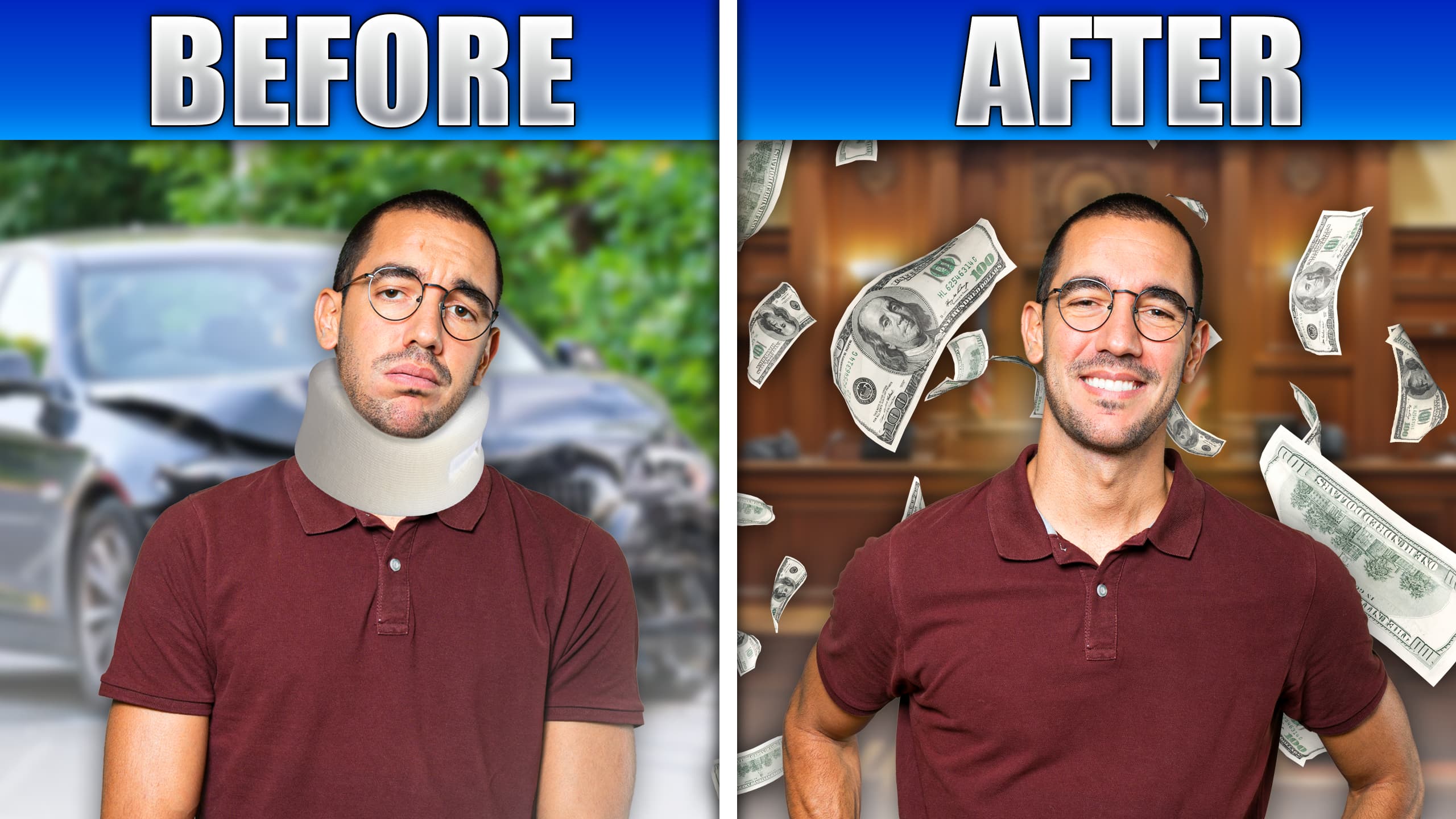

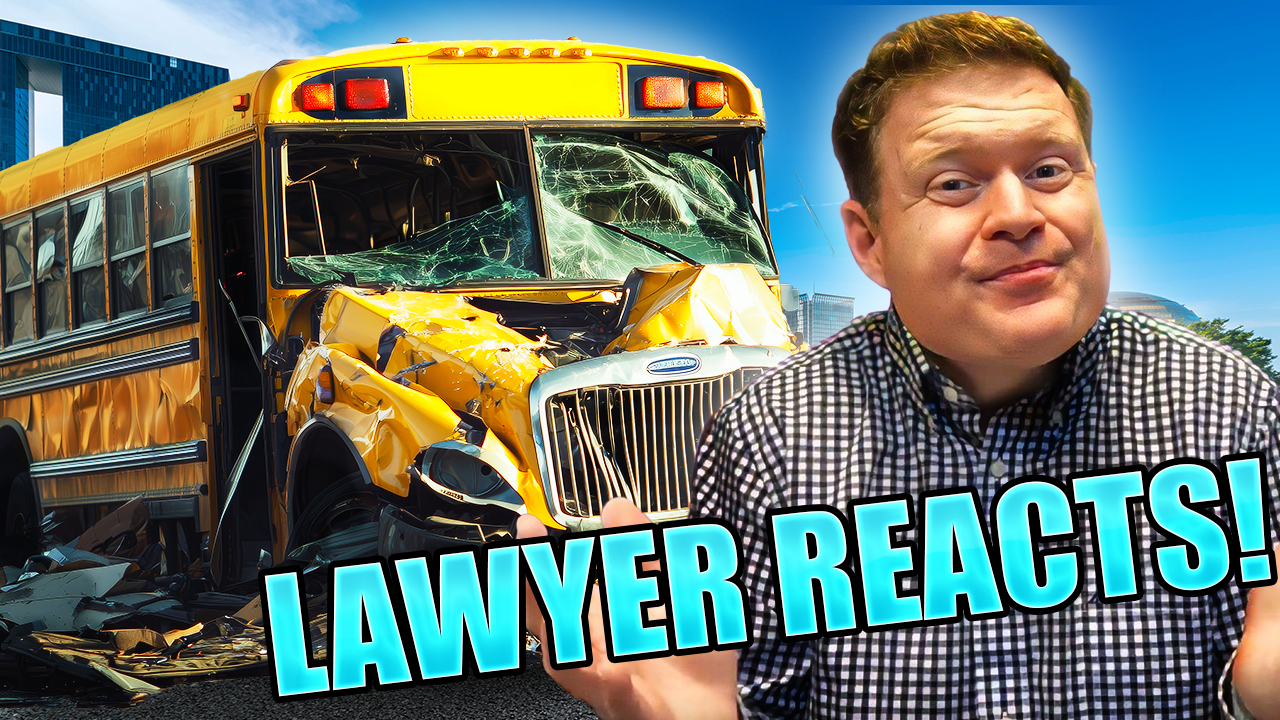
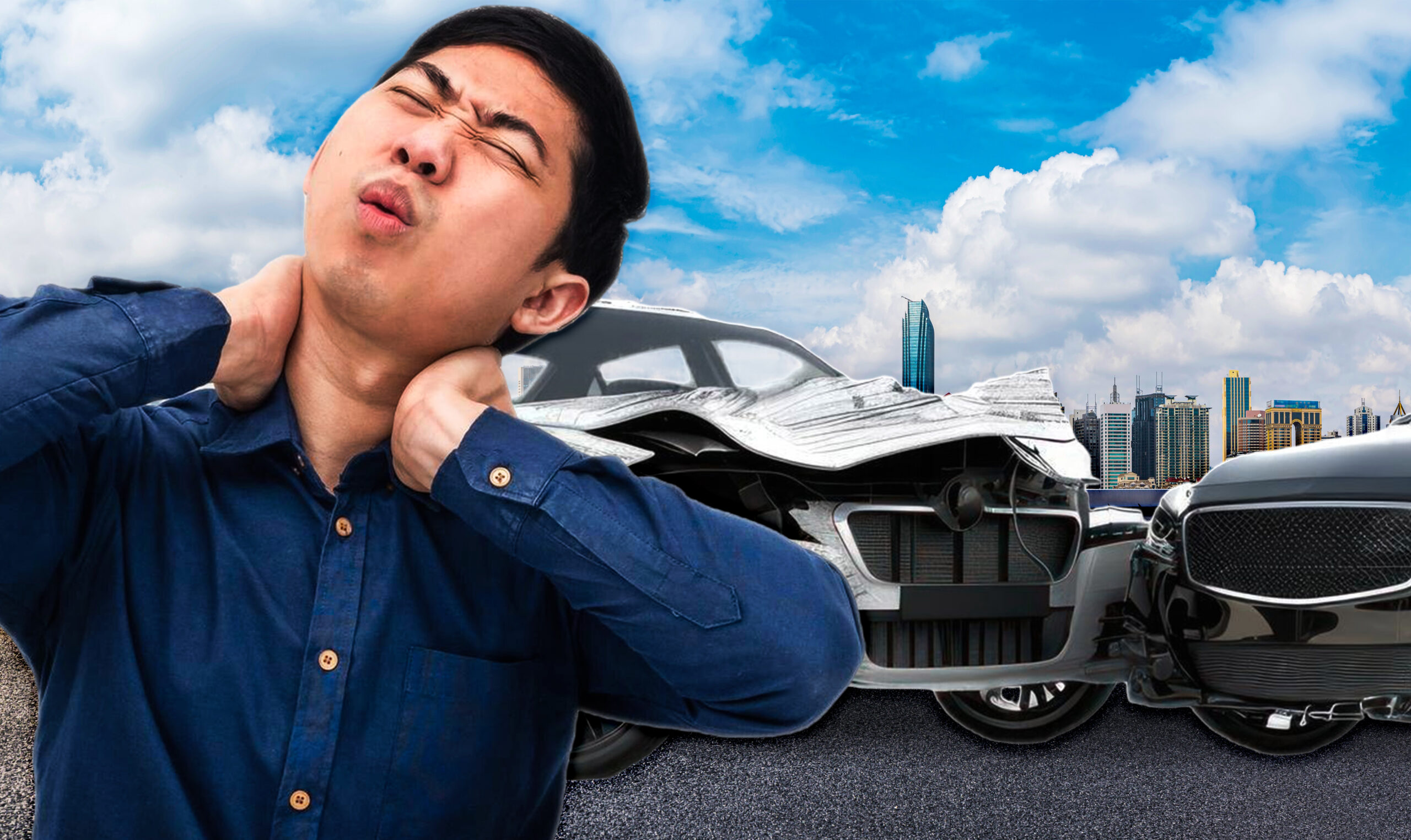
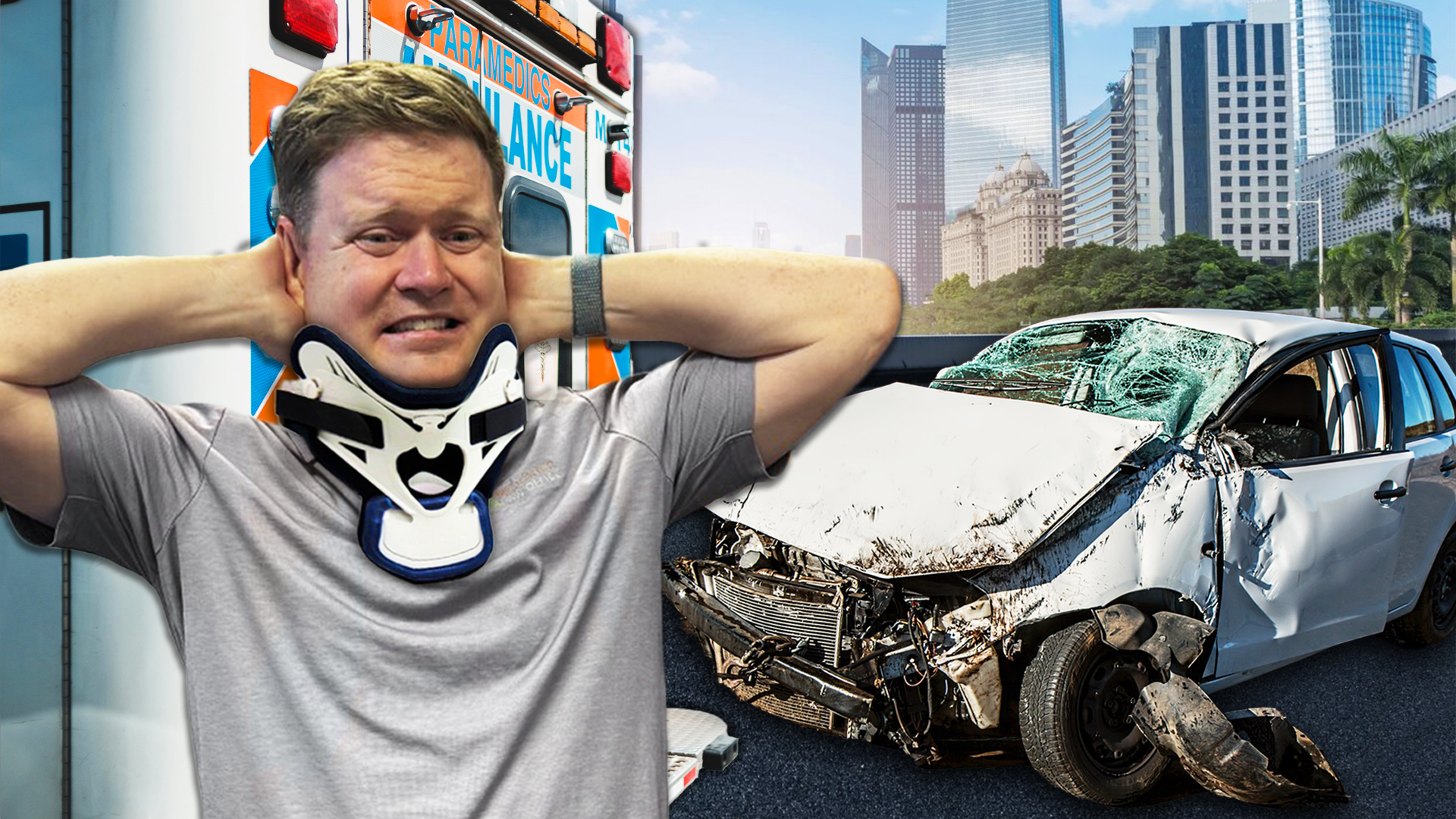
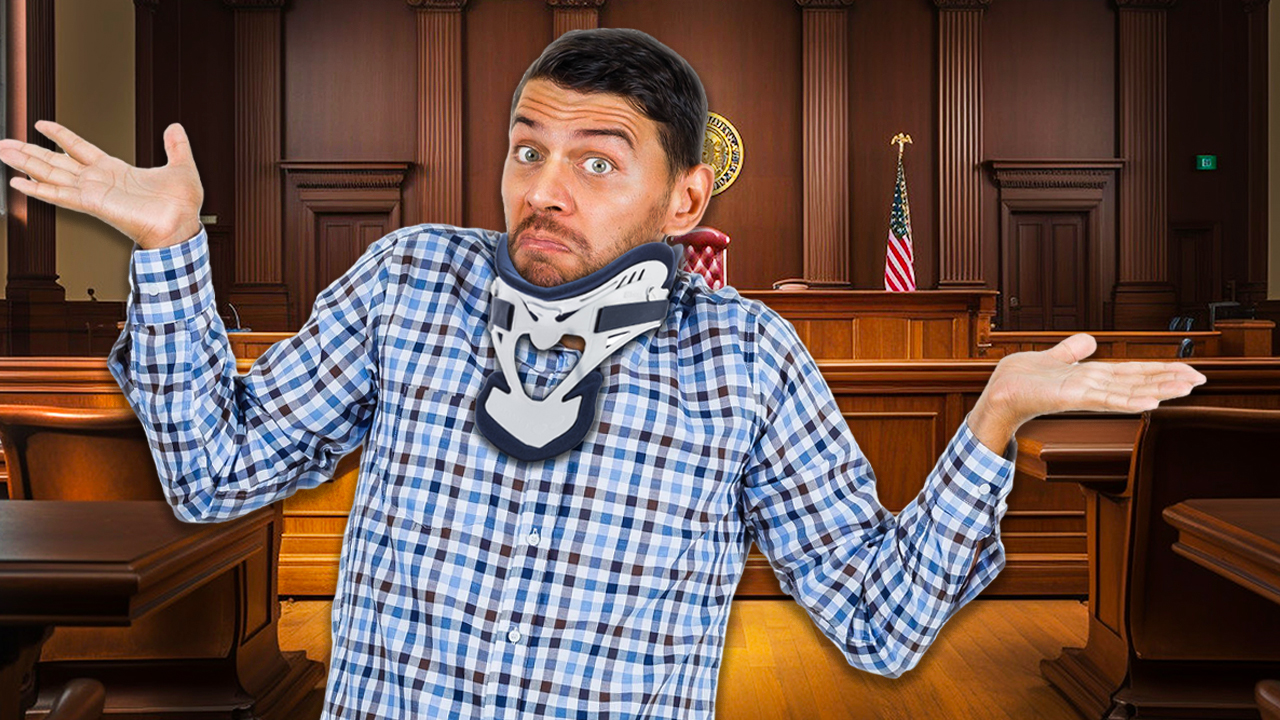
Recent Comments